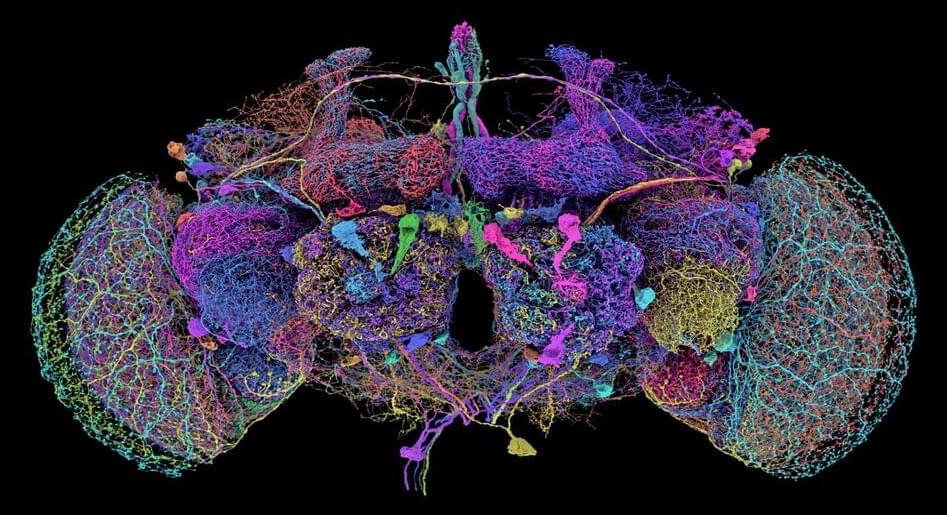The researchers also gathered behavioral data, asking participants how strongly they felt the emotions described in each story and how similar these feelings were across different objects of love. This helped the team link subjective emotional experiences to the observed brain activity.
“We use state-of-the-art technology to measure what happens in the brain when a person feels love,” Rinne told PsyPost. “We studied many different types of love and were able to show how different types of love activate the brain in different ways. Our results help explain why the word ‘love’ is used in so many different contexts. Our research also offers insights into why we feel stronger affection for those we are close to compared to strangers, even though the underlying brain processes of affection are the same for all types of interpersonal relationships.”
The study found that different types of love engage both shared and distinct regions of the brain. At a general level, all types of love activated areas associated with social cognition, including the medial prefrontal cortex, the temporoparietal junction, and the precuneus. These regions are involved in understanding others’ thoughts and emotions, a process known as theory of mind. This suggests that even when we experience love for non-human objects, like nature, our brain still engages these neural pathways.








